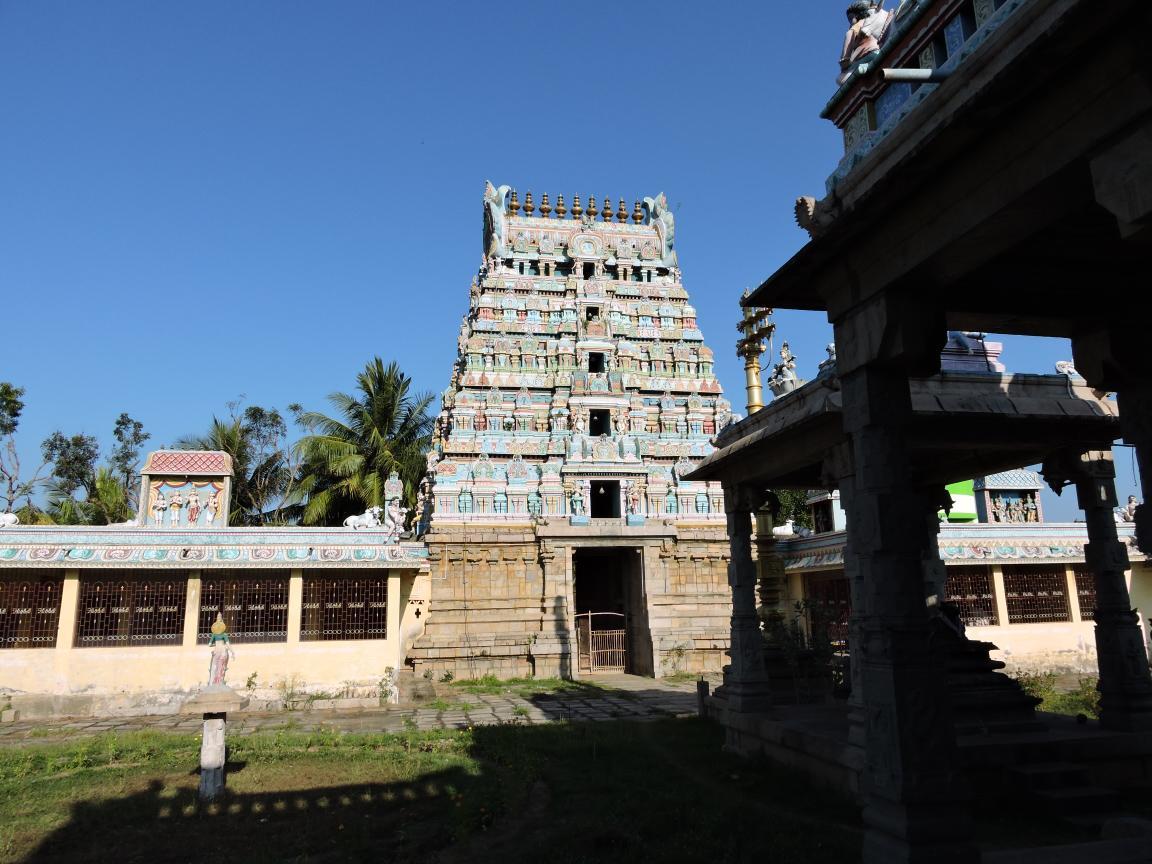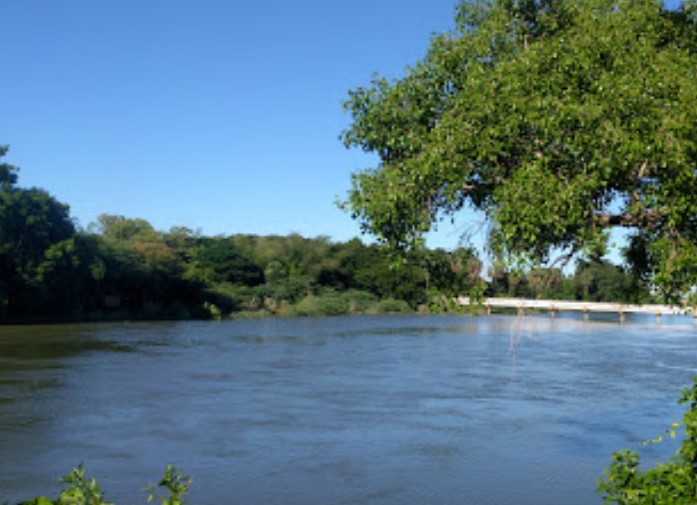The Andankoil Swarnapureewarar Temple, dedicated to Lord Shiva, is one of the 276 Devara Paadal Petra Shiva Sthalams and the 214th Paadal Petra Shiva Sthalam. Located in the village of Andankoil within Valangaiman Taluk of Thiruvarur District, Tamil Nadu, it lies on the southern bank of the Kaveri River, also known as Chozha Nadu (Thenkarai).
In this temple, Lord Shiva is worshipped as Swarnapureewarar, a self-manifested deity (Swayambumurthi). The temple is also home to the goddess Swarnambikai (or Sivasekari). Historically, the Kudamurutti River, referred to as Kaduvai, lent its name to the area, which was originally called Puthur. To distinguish it from other places named Puthur, it is now known as Kaduvaikaraiputhur.
The esteemed Saivite saint Thirunavukkarasar has composed hymns in praise of this temple, further highlighting its spiritual significance. The temple stands as a testament to the rich cultural and religious heritage of the region.
HISTORY:
This ancient temple is on the banks of the river Kudamurutti. Earlier this river’s name was “Kaduvai”, hence this place gets the name Kaduvai Karai Puthur. “Karai” means bank and “Puthur” means village in Tamil. However, now this place is called Andankoil.
PURANIC SIGNIFICANCE:
Story behind the name Andavankoil:
- It was the time when emperor Muchukunda was building a temple for Lord Thyagaraja in Tiruvarur. His minister Kandadevar went to the foothills to get stones. It became dark then. He would not have his dinner without Shiva darshan. So he simply sat on the side path to relax and slept. Lord Shiva appeared in his dream and said that he was near the Vanni tree there and advised him to have the darshan and have his food. The minister found a Shivalinga near the Vanni tree.
- Immediately, he began to collect one stone and one spoon (Karandi in Tamil) lime (cement) from each cart going to Tiruvarur and built this temple. Later, the minister told the story to the king and requested him to pay a visit to his temple. After seeing the temple, the king demanded the minister to pay him the cost incurred and also the Dharma he earned in building the temple back to him. The minister replied that he could not part with the dharma he had earned in building the temple though willing to give his life.
- The king said that the temple was built with funds stolen from him and ordered his men to behead the minister in front of the temple itself. Muchukunda’s men executed the order. While falling, the head cried ‘Andava’ – My Lord. The king realised that he had killed a true Shiva devotee and wanted to pay for his sin by stabbing himself. Lord appeared before him saying that king and minister should be like husband and wife and restored the minister to life back. Hence, the place is named Andavankoil.
Sage Kashyapa worshipped Lord Shiva here:
Sage Kashyapa had worshipped Lord Shiva in this temple.
PURANIC SIGNIFICANCE 2:
The Divine Resting Place
According to local belief, Lord Shiva and Goddess Parvati chose the quaint village of Andankoil as their resting place, captivated by its richness and fertility. It is said that the Ganges River was brought to this site by Lord Shiva, who was honoured by Goddess Parvati with abhishekam using the sacred waters. She also offered flowers and gold to him, leading to the reverence of the lord as “Sri Sempon Nathar,” where "sempon" translates to gold in Tamil.
The Legend of Sunda Devar
The legend recounts the tale of Chola King Musukundha Chakravarthy, who was constructing a temple for Lord Thiyagaraja in Thiruvarur. His minister, Sunda Devar, was tasked with procuring materials for the temple. One evening, while gathering goods in Andankoil, darkness fell before he could complete his errands. As was his custom, he sought to visit a temple for darshan before dining, only to be informed by the villagers that no temple existed.
Unable to worship, Sunda Devar chose to rest under a tree. That night, Lord Shiva appeared in his dreams, revealing that a Shivalingam lay beneath a nearby Vanni tree. The deity, wishing to ensure his devotee did not go hungry, instructed him to worship the Shivalingam before having his meal.
The Construction of the Temple
Motivated by the divine vision, Sunda Devar decided to construct a small temple at the site of the Shivalingam. He cleverly acquired stones and mortar from each cart bound for Thiruvarur, using them to build the temple. Once completed, he shared the story of the temple with the king, urging him to visit.
Upon seeing the temple, King Musukundha demanded that Sunda Devar compensate him for the materials and the “karma” accrued from building the temple. Sunda Devar, however, explained that he could not part with his karma but would gladly sacrifice his life in exchange.
The King’s Regret
Unconvinced, the king deemed the minister’s actions as theft and ordered his execution before the temple. As Sunda Devar was about to be beheaded, his final words were “Andava” (“oh my lord”). Realising he had killed a true devotee of Shiva, King Musukundha contemplated taking his own life in atonement for his sin. At that moment, Lord Shiva is believed to have intervened, appearing before the king and stopping him from his tragic decision. Furthermore, the lord restored Sunda Devar’s life.
The Name of the Village
In commemoration of these miraculous events, the place was named “Aandavankoil,” which later evolved into “Andankoil.” A relief depicting this pivotal incident can still be found on a pillar within the temple.
Revered Worshippers
It is believed that prominent figures such as Sage Kasyaba, Roma Maharishi, King Musukundha Chakravarthy, Minister Sunda Devar, and Saint Thirunavukkarasar have all worshipped Lord Shiva at this sacred site, adding to its rich spiritual legacy.
ADMINISTRATION:
This temple is under the administrative control of the Hindu Religious and Charitable Endowments Department of Government of Tamil Nadu (HR&CE).


